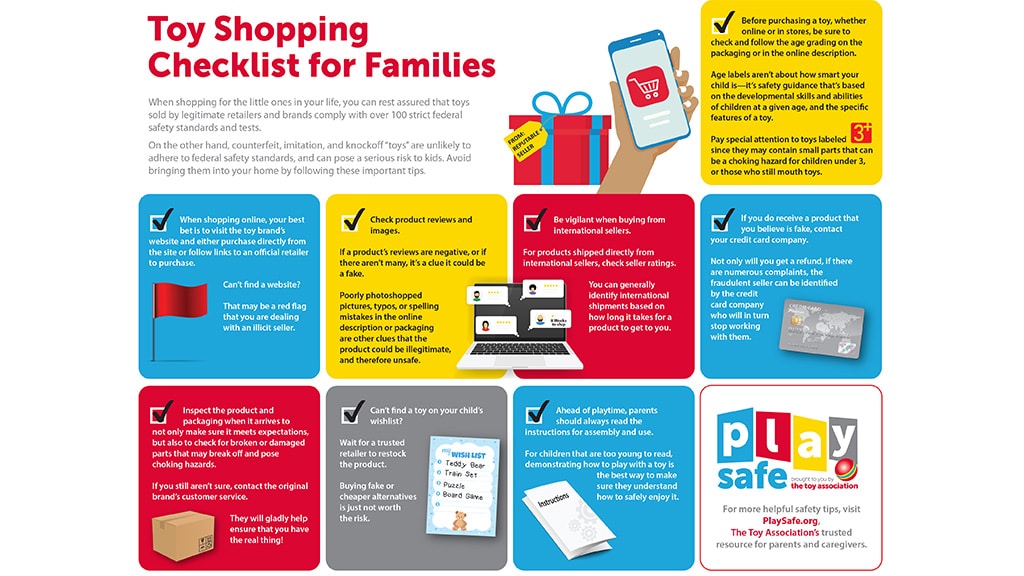November is Toy Safety Awareness Month. The Toy Association and the toy industry have joined forces to promote safety tips to shoppers, parents and carers, highlighting fake toys and safe toy lists.
“Authentic toys sold by well-known brands meet strict federal safety standards to protect children while they play, while counterfeit toys often do not,” said Joan Lawrence, Toy Safety Mom and senior vice president of the Toy Association. , posing a serious risk to children.
But toy-like items are a problem: Accessories with high-powered magnets, balloons and button batteries pose hazards. Toy safety is a year-round issue, so the Toy Association created the “Toy Safety 365 Days a Year” video, which features footage from a toy testing lab and tips on home safety from Lawrence and a pediatric emergency physician.
Shoppers and caregivers should be aware of fake toys and toys from untrustworthy websites. Gift buyers should also be careful to follow age labels and safety guidelines on toys after receiving them. Small parts are dangerous to children and those who chew the toys, and so is the packaging.

“Especially when buying used, buying from an unauthorized third-party seller, or accepting a hand-me-down from a well-intentioned family member or friend, be sure to check that the toy has not been subject to a previous recall.” Lawrence.
For more information about toy recalls, caregivers and adults can visit CPSC.gov/recalls to learn more. For more information about Toy Association Toy Safety Awareness Month, visit playsafe.org.

